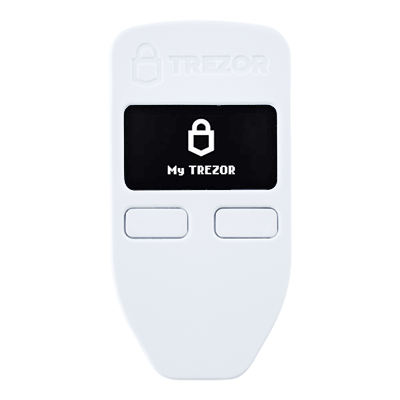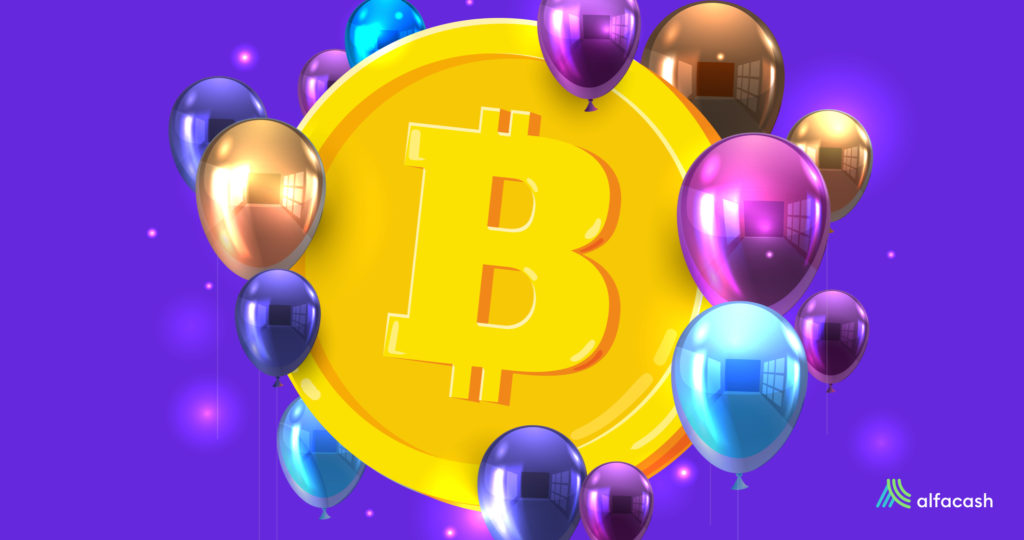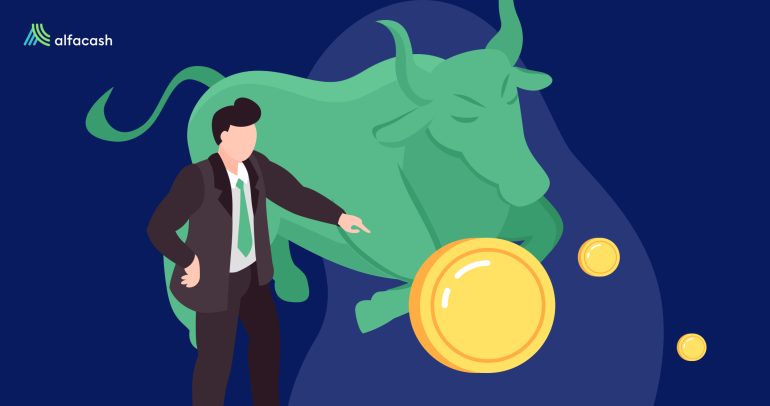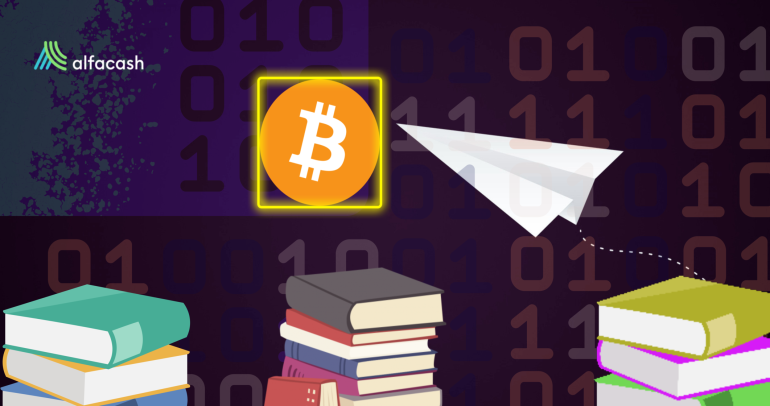We’re making history. The crypto world was born with BitcoinBitcoin is the first decentralized digital currency. It was created in 2009, by an anonymous founder or group of founders... More (BTCAn abbreviation for Bitcoin.) barely twelve years ago, but there are more events to add. Everything started with small steps, and here we are now, with over 9,990 cryptocurrencies in existence [CoinMarketCap], over 4,166 crypto-companies worldwide [Crunchbase], and over 22,270 venues accepting cryptos, only according to CoinMap. There are many more outside.

Bitcoin and cryptocurrencies are already mainstream, against all odds. But, long before that could happen, some important events developed. They were all steps into the path of glory and led the way to a massive usage. That’s why we can celebrate some of them now. Let’s discover it.
Genesis blockA collection of cryptocurrency transactions. Every few minutes (or seconds, depending on the blockchain) one miner or validator verifies the... More
Our first event in the crypto world is, of course, the Bitcoin genesis block (0). Generally, this refers to the first-ever mined block of a new blockchain. It contains the first transactions, the first coins, and even the first messages —in some cases. The first-ever genesis block in existence was born with Bitcoin (BTC) on January 3, 2009. Almost nobody knew back then that a financial revolution would be coming with it.
The mining of block 0 got a reward of 50 BTC with a difficulty of just 1, and a single transactionA cryptocurrency transaction is an entry on the blockchain ledger, noting sender, receiver and number of coins transacted. More of 50 BTC too. This, against the current difficulty: for example, a block mined on May 20, 2021, has a difficulty of 25,046,487,590,083.27 and 1,777 transactions. The reward for the minerMiners secure some blockchain networks by ordering crypto transactions into blocks and verifying the blocks of other miners. For this... More might seem less after the halvings (6.25 BTC), but the truth is Bitcoin is far more valuable today than in the beginning.

Additionally, this block has a secret inside, written in hex code by Satoshi Nakamoto himself. Once deciphered, we can see it’s a very timing headline from the British Newspaper The Times: “Chancellor on brink of second bailout for banks”.
It’s a twofold declaration: the date of the headline was the same as that of the block, indicating that Bitcoin wasn’t pre-mined, and really was born on that day. Secondly, Bitcoin would come as a better alternative for banks and intermediaries.
Bitcoin Pizza Day
Our current price of $40,000+ per coin started one random noon on May 18, 2010, with the petition made by the developer Laszlo Hanyecz in the Bitcointalk forum. He wanted a pizza. A pizza paid with BTC. So, he offered 10,000 BTC to anybody that could buy it for him, and make the delivery to his home in Florida (US). He even wondered if that figure (10,000 coins) was too low for the purchase.
A few days later, on May 22, someone finally bought and sent him that pizza, from Papa John’s. The counter-party was the user Jercos (Jeremy Sturdivant), who received those 10,000 BTC from Laszlo. If he still has them, he’s filthy rich, because the value by now would be about 400 million dollars. And just for some pizzas, eh?

But the most important thing for us in this story is that was the first documented purchase of a tangible good using cryptocurrencyA digital currency running on a blockchain and built with cryptography. Contrary to central-bank issued currency, cryptocurrency issuance rules are... More. Bitcoin, finally, was starting to fulfill its purpose: to be a currency. Since then, the price only went to the moon.
So, to commemorate that lucky day, we celebrate now in the crypto world the event Bitcoin Pizza Day every May 22. Several restaurants around the world (and online) offer discounts in BTC for pizza that day and the bitcoiners eat a lot of pizza. There’s even a card wallet to commemorate it.
First wallets
Probably you don’t think much about it, but, at some point in these years, the first crypto-wallets must’ve appeared. In the beginning, Bitcoin wasn’t exactly easy to use. Its users had to download a full nodeA blockchain node is a server that downloads the history of transactions and shares it with other nodes in the... More with all the blockchainBlockchain is a type of database storing an immutable set of data, verifiable to anyone with access to it —through... included. Besides, the private keys were even more complicated, and losing access to old hard drives full of BTC was very common.
That’s why someone decided to make easier the management by creating the first-ever software crypto-wallet. Likely, that was MyBitcoin.com, an online walletA crypto wallet is a user-friendly software or hardware used to manage private keys. There are software wallets for desktop... More launched around February 7, 2011. Unfortunately, it was hacked in July of the same year. In August, they announced that 51% of the funds had been stolen. It’s extinct today, but the idea is very alive in other options.

As for the hardware wallets, everything started in late 2011, after a Bitcoin conference in Prague. Two developers and crypto-enthusiasts decided to build “a small, single-purpose computer that would keep the private keys protected in an isolated environment”, which means, outside the Internet. This mini-computer would also be open-source and auditable. And just like that was born Trezor, one of the most known brands in the ecosystem.
First DeFi apps
Just like the Ethereum Foundation describes, “Bitcoin in many ways was the first DeFi application”. And even if we talk about the DeFi applications we know to date, it’s difficult to track a precise origin. The Initial Coin Offerings (ICOs) came first, and with them, an open door for decentralized finances.
The first ICO was held in July 2013 by Mastercoin (now Omni), a platform based on Bitcoin that enables the creation of new cryptocurrencies and assets. It’s not very known to date, and its success could be debatable. Although, just a year after that, would come the Ethereum ICO (yes, Ethereum was born from there).
Barely a year later, the first stablecoin would arrive: BitShares (BitUSD). These kinds of cryptocurrencies would have a key role ahead. They are digital assets that peg their prices to other assets, considered more stables. By now, they’re an important part of the DeFi ecosystem.
The protocols Maker (of the stablecoin DAI), and Compound (COMP, for decentralized lending) would appear in 2017. Three years before the dubbed “DeFi Summer” in 2020, when an explosion of new financial protocols was created on the blockchain (mainly on Ethereum). These aren’t a single event in the crypto world, but, undoubtedly, they’re something to remember.
Last big event in the crypto world: the first NFT
We have a specific date for this one: May 2, 2014. It was a token built on the Namecoin blockchain by the artist Kevin McCoy. The artwork itself, dubbed “Quantum”, is a GIF depicting changing shapes and colors. By then, the concept Non-Fungible Token (NFT) didn’t exist (and Ethereum either), so, McCoy called the fusion between blockchain and art “monegraphs”, for monetized graphics.

“Quantum” will be on sale in an actual event by the auction house Sotheby’s next June 3, 2021. The bids will start at $100, but some estimations are expecting over $7m for the piece. McCoy commented about his work:
“Back in 2014 when I was putting these ideas of art and blockchains together almost no one understood what I was talking about. But I knew it was a really important and transformative idea. It’s gratifying to see the wider world come around to the same realization.”
Indeed, now the world is full not only with NFTs but with cryptocurrencies in every aspect. We’re going to a decentralized future, and that’s something to celebrate!
Wanna trade Bitcoin and other tokens? You can do it safely on Alfacash! And not forget we’re talking about this and a lot of other things on our social media.
Twitter * Telegram * Facebook * Instagram * Youtube * Vkontakte








